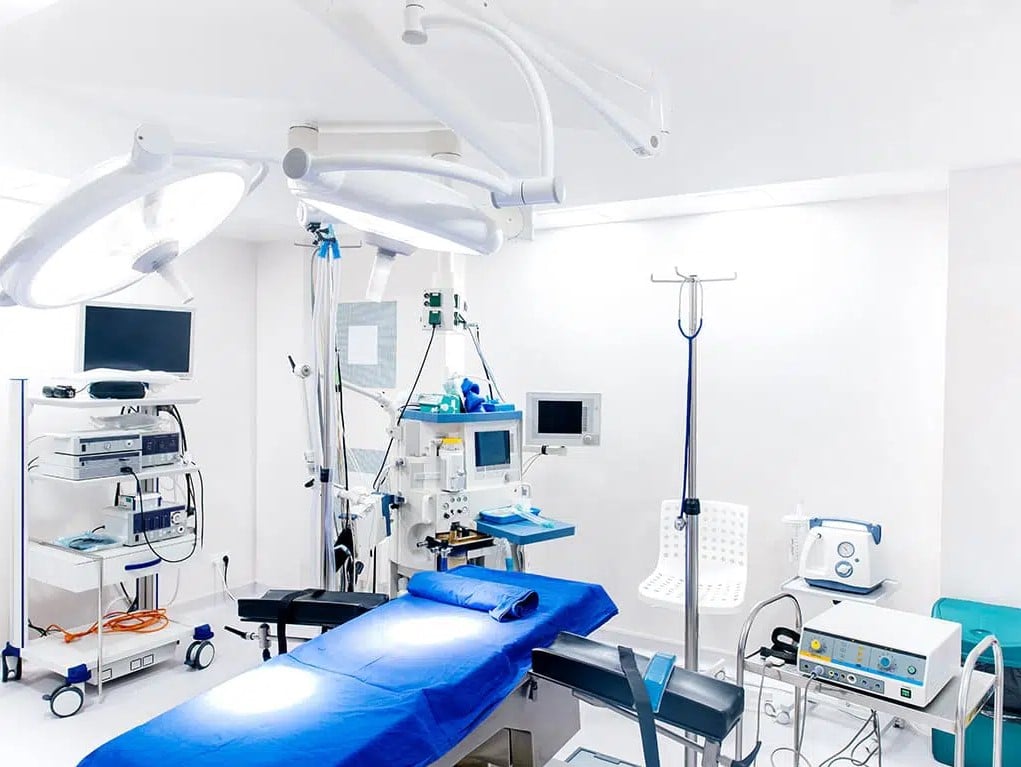In this article we will cover practical, learned-by-doing aspects of bringing a medical device to market. We will begin with the important topic of ways to find an unmet need and early considerations once you have found one. We will progress from there to tips on working brainstorming sessions, how to prioritize and assess leading concepts, and useful guidance on product development. We will then delve more specifically into intellectual property considerations including provisional patent applications, assessing patentability, and understanding your freedom to operate.
This article is aimed towards individuals, startups, and early stage companies with little to no experience in this endeavor, however it is also applicable to anyone looking to, perhaps, do things a different way, learn something new, or consider different perspectives.
Finding an unmet need
Research. There is no way around it, research is required to truly understand the market in which you seek to uncover unmet needs. There are many sources of information that can be drawn from to develop such an understanding of your market of interest that do not cost money per se, but they do require your time and diligence. It is important to note that at the heart of any accurate needs assessment are observations and hypotheses driven by facts and as much quantitative data as possible. This doesn’t mean ignoring your intuition, as the ability to “read between the lines” and extract the unsaid are important as well, but they should instead help guide your fact-finding mission rather than serve as the final say. Now, where to start? The following are free resources that are a great place to begin your journey, and they do not require any initial intimate knowledge of your market of interest nor contacts within it.
Sources for identifying unmet needs:
| Source | What to gain |
|---|---|
| Web search | High-level intel on your market of interest, including trends, latest developments, pain points, etc. |
| Free market trend reports | High-to-low level details on your market of interest, who is investing, market size, major players, trends, etc. |
| Blogs and Q&A sites | Information on aspects of your market of interest from the doctors, surgeons, companies, and influencers themselves. Tip: There’s perhaps no better place to quickly hone in on the pain points (and therefore, potential unmet needs) within your market of interest other than talking with these individuals directly. |
| Curated news sites | News of your market of interest in quick, easily digestible segments. Lookout for recurring themes, latest trends, and who (doctors, industry partners, etc.) is giving their opinion. Tip: Make this easy on yourself by signing up for e-mail notifications to receive the latest news directly in your inbox. |
| Professional social media platforms | Latest news and updates from the major players, groups, and organizations within your market of interest. Tip: Follow parties of interest to receive the latest updates directly in your feed. |
| Professional associations | An understanding of the major organizations within your market of interest, what their short- and long-term goals are, who leads them, and what topics they cover during their professional meetings. Tip: Look past to present within their meeting agendas to gain an understanding of which topics have grown in popularity/importance. Furthermore, look into who is on the podium within their events, particularly those that participate in roundtable discussions, and who appear to be the early adopters within the field. Follow all individuals of interest and try to determine what they are doing and why. |
| Surgical and/or procedural videos | A deeper understanding of the devices and methods employed by the medical professionals in your market of interest. Tip: Watch for variations between professionals, pain points, and aspects that are particularly complicated, difficult, lengthy, or require special skill/experience; all can lead to potential unmet needs. |
| Indications and contraindications of current devices and/or procedures | An understanding of the range of disease states and variables that are specifically included and excluded in solutions currently available. Additionally, they can serve as a great source of criteria for design inputs and the eventual indications and contraindications of your own products/procedures. Contraindications in particular can lead to the discovery of niche unmet needs and market opportunities. |





